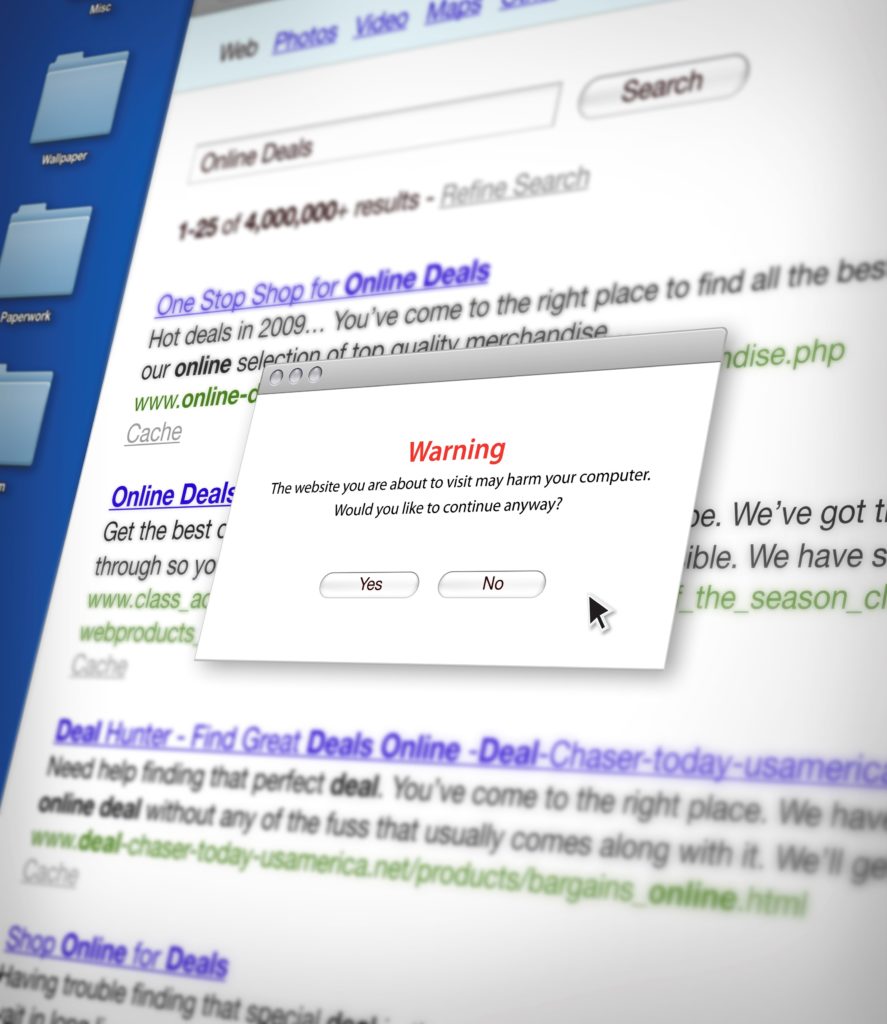
Pop-ups are about as welcome as a housefly. Intrusive, annoying, and just plain unwanted. These obnoxious ads have existed for as long as the internet has been around. It’s one of the first forms of adware, blasting website visitors with windows trumpeting services and/or products they likely don’t want.
While pop-ups are not as problematic anymore, they pose risk to your system. They aren’t just windows appearing on screen. Some create entirely different tabs with malicious links attached, designed to track your activity.
Fortunately, guarding against them is far easier these days. An anti-virus platform can stop malicious popups entirely, but when they can’t, browsers like Chrome have built-in pop-up blockers managed in its settings. It’s not guaranteed in every case, and sometimes pop-ups are useful, like an additional login window.
This doesn’t mean you shouldn’t prepare for them, however. Depending on the website, pop-ups can create serious problems. In a home or business environment, any risk is always a bad risk. So, take a few steps to prevent and dismiss them if encountered.
Install Anti-Virus Software
Always have the most up-to-date version of an anti-virus program installed on your system(s). These catch nasty pop-ups, along with dangerous malware, adware, and more.
Install Blocker or Script Extensions
One reason pop-ups are so dangerous is that some run on executables or page scripts. This means a process “engages” while you use a website. Sometimes it’s used to collect information, other times it’s meant to automatically run software you didn’t authorize.
Extensions like “NoScript” can provide defense against scripts, and by proxy, pop-ups. Search for add-ons you think are appropriate and see what works best for you!
Enable Blockers
As mentioned, some browsers allow you to adjust pop-up permissions in their settings menu. This can stop intrusive ads from appearing automatically, without need for a plug-in and/or extension.
Close Tabs
Pop-ups rapidly advanced in their complexity over the years. Not always can a user “X” out of a window to escape the message. Sometimes, you may need to close the corresponding tab.
This is because some pop-ups create additional links. They accomplish this by removing the option to close them and only providing a single link. Attempting to back-click from the page often causes it to refresh, keeping users trapped in a loop. The goal is to force the user to click any available link, so be aware.
Finally, the best defense is savvy browsing. Avoid websites which are “sketchy” in nature. Often, they’re the ones which try to blast you with pop-ups.
No one wants to deal with internet junk mail, but modern methods and security developments have made avoiding them far easier. Utilize the techniques listed and pop-ups will become a thing of the past.


